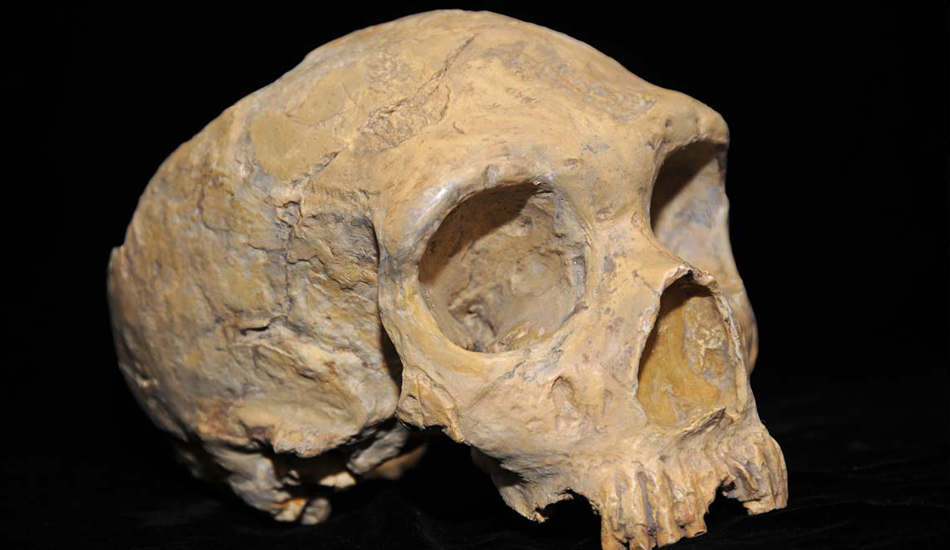Southeast Asia is one of the most genetically diverse regions of the planet. But scientists never had a concrete theory that clearly explained the ancestral history of the region. The traditional view of Southeast Asian ancestry has always credited an ancient society of hunter-gatherers called Hòabìnhian as being the people who populated the region some 40,000 years ago. However, the discovery of human remains dating back 8,000 years BCE is shaking this theory’s foundations.
The four ancestral population of Southeast Asia
The research team that conducted the study had extracted DNA from fossils of various regions of Southeast Asia — from Thailand, Philippines, Malaysia, Vietnam, Laos, Indonesia, and Japan. Almost two and a half years were spent finding and assembling the human remains together. About 43 ancient skeletons have been collected in total.
These human fossils dated to almost 6,000 BCE. Skulls from Malaysia and a skeleton from Laos were the oldest among the bone samples collected by the team. Previous to this discovery, scientists only had access to human bone samples that dated to only about 2,000 BCE.
The researchers studied 26 genomes in total, with 25 coming in from the SEA and one genome coming in from Japan. “The fact that we were able to obtain 26 human genomes and shed light on the incredible genetic richness of the groups in the region today is astonishing,” Devdiscourse quotes the leader of the study.

What they found shocked them. The DNA genome results showed the migratory record of the region to be much denser than previously expected. In fact, at least four ancestral populations were identified to have contributed to the genetic makeup of the people who today reside in Southeast Asia.
“Our research spanned from the Hòabìnhian to the Iron Age and found that present-day Southeast Asian populations derive ancestry from at least four ancient populations… This is a far more complex model than previously thought,” Science Alert quotes the team’s genetic researcher Fernando Racimo.
The old and the new theories
There were two theories in the contention that proposed a genetic history of Southeast Asia. The first theory suggested that the Hòabìnhian were the sole occupants of the region since 44,000 years ago and that they later adopted farming techniques on their own.
A second theory, known in academic circles as the “two-layer model,” suggested that a migration from southern China happened that displaced the Hòabìnhian people and led to the birth of the current crop of humans living in the SEA. With this new discovery, both these theories have been debunked.
According to the latest findings, the hunter-gatherers of Hòabìnhian and the farmers of East Asia were definitely the main contributors to the SEA gene pool. But they were not the only ones. In fact, migrations from other regions also contributed heavily to the gene pool and worked toward diversifying it.
Smithsonian quotes the study as saying that “the evidence described here favors a complex model, including a demographic transition in which the original Hòabìnhians admixed with multiple incoming waves of East Asian migration associated with the Austroasiatic, Kradai, and Austronesian language speakers.”
The study also raises interesting questions about the links between the distant populations like Hòabìnhians and Jomon. And with more digging and research, this mystery should also be solved pretty soon.








